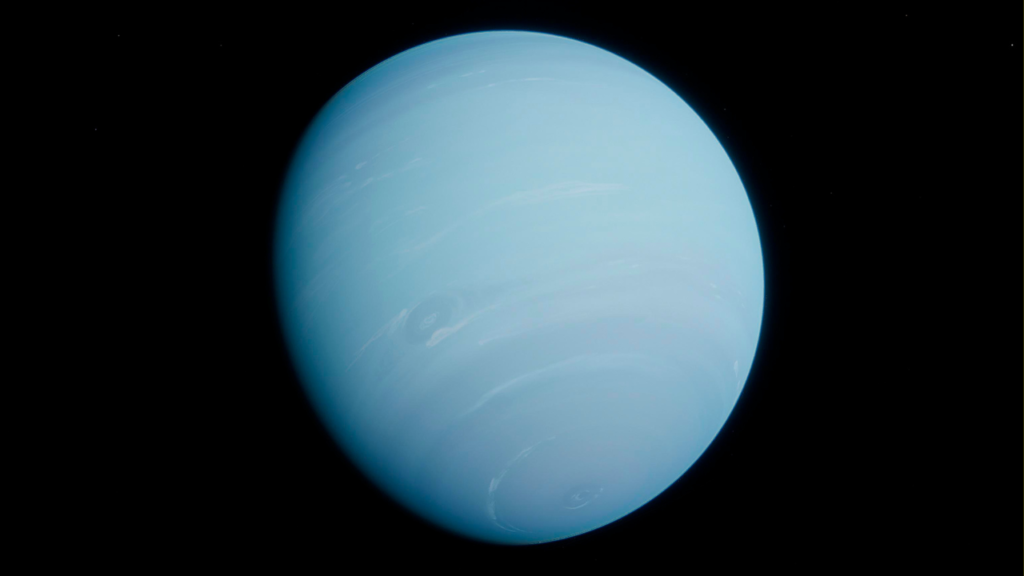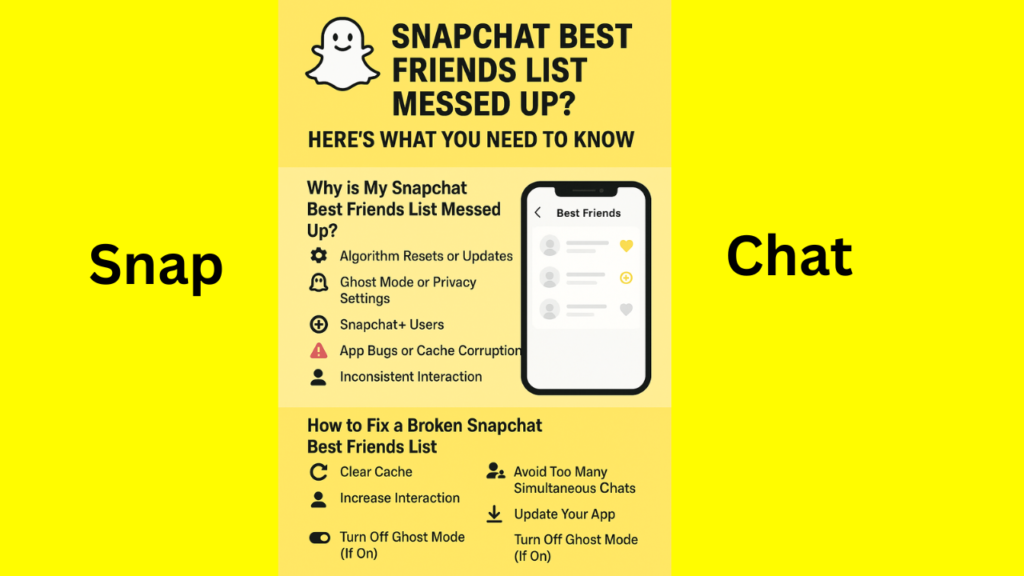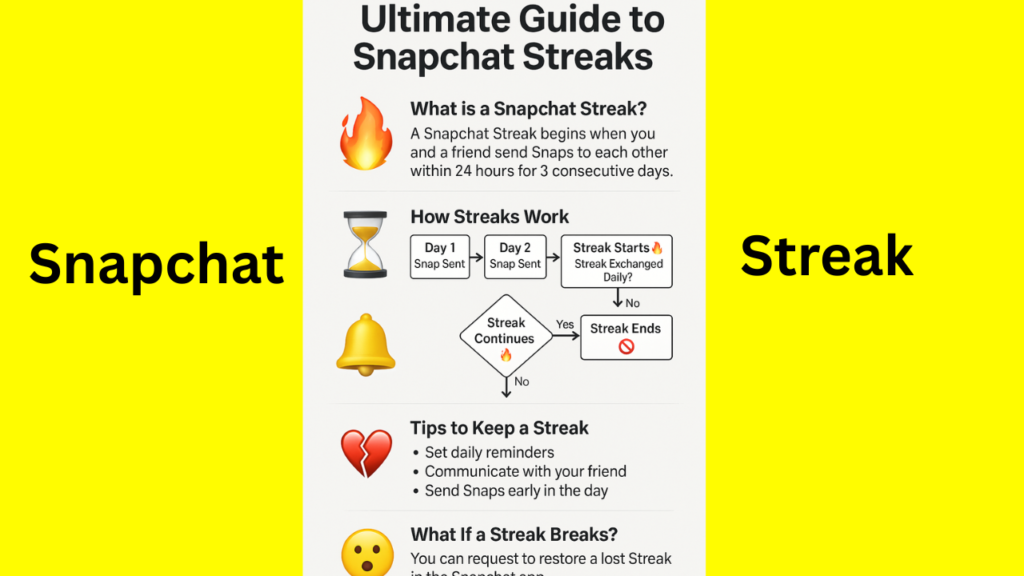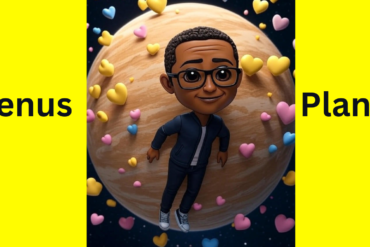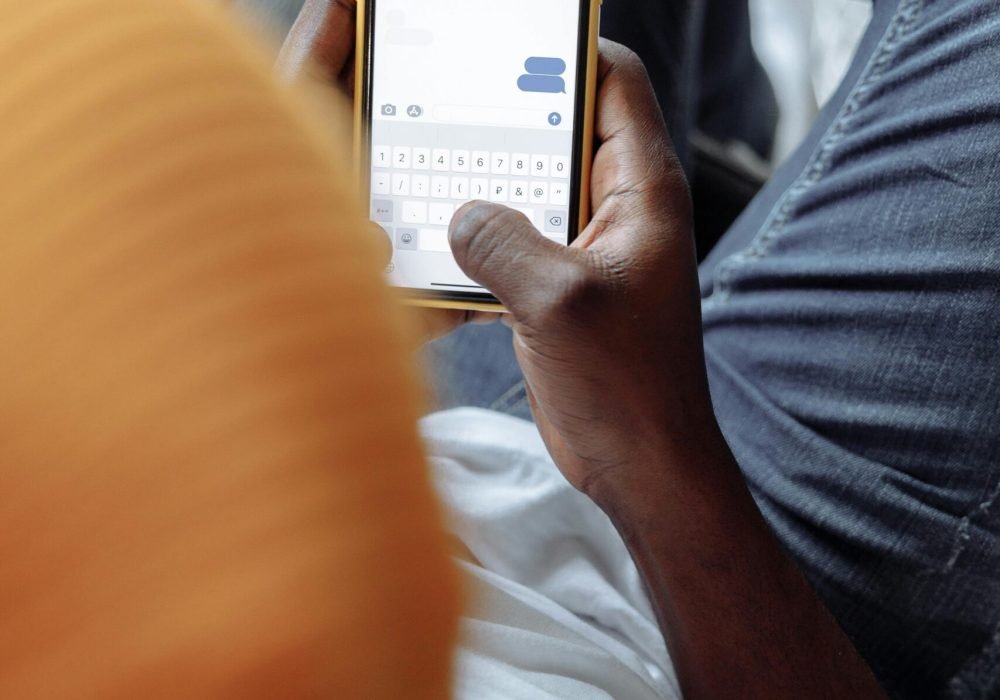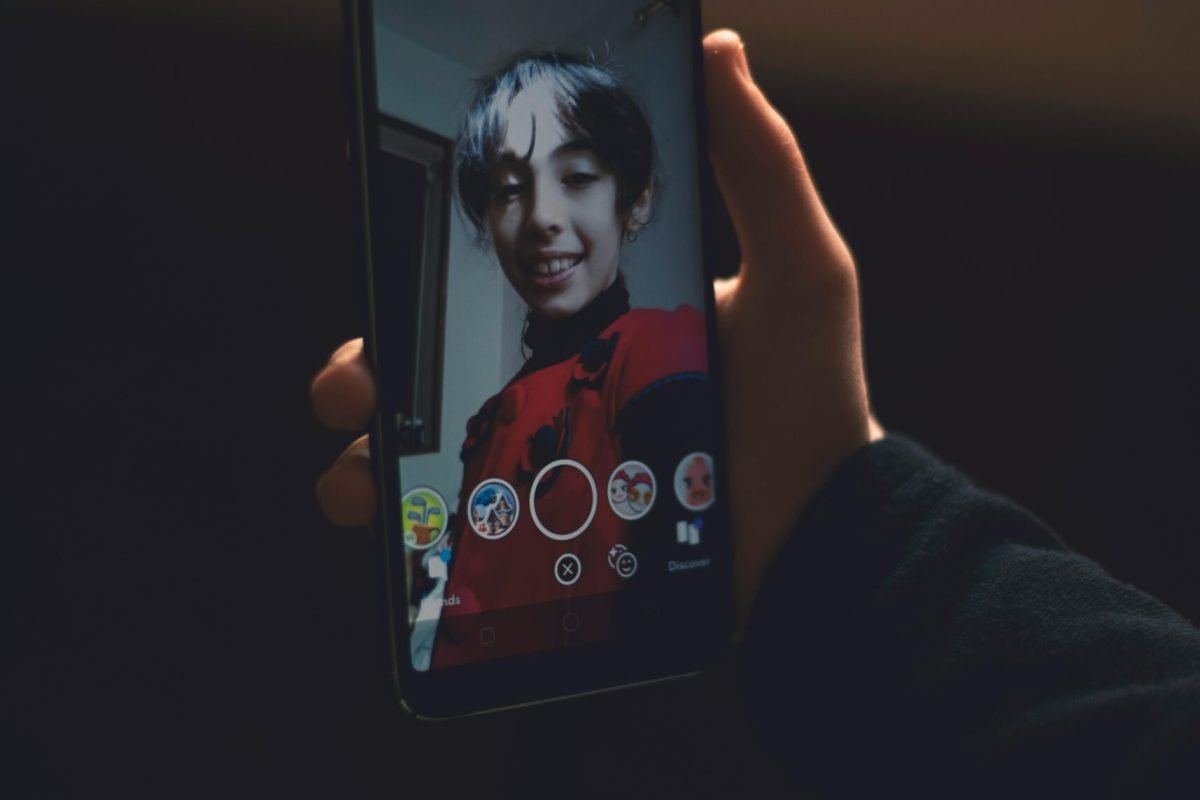
Pay-per-click (PPC) advertising continues to be a dominant force for driving targeted traffic and conversions, but without strategic optimization, campaigns can drain budgets while delivering subpar results. Mastering PPC optimization techniques ensures every dollar spent yields maximum return on investment (ROI) while safeguarding against risks like fraudulent clicks and scams. This comprehensive guide unveils 10 proven strategies to enhance ad performance, reduce costs, and boost conversions, tailored for 2025’s evolving digital landscape. From advanced keyword strategies to leveraging cutting-edge AI tools, these techniques will help businesses dominate search engine results, achieve unparalleled PPC success, and steer clear of threats like Snapchat scams that exploit unsuspecting advertisers.
1. Conduct In-Depth Keyword Research for High-Intent Queries
Effective PPC optimization relies on targeting high-intent, low-competition keywords that align with user intent, including Snapchat-related terms for social media campaigns. Use tools like Google Keyword Planner, SEMrush, or Ahrefs to identify long-tail keywords such as “Snapchat planets guide 2025,” “Snapchat slangs,” or “best Snapchat streaks app” that reflect engagement with features like Snapchat Solar System, best friends list, or emojis (e.g., eyes emoji, peace sign emoji). Prioritize terms like “Jupiter Snapchat planet meaning” or “Snapchat scams 2025” based on search volume, CPC, and competition to drive conversions while minimizing costs.
Incorporate negative keywords like “free Snapchat hacks” or “cheap Snapchat filters” to filter out irrelevant traffic, especially for premium offerings like Snapchat Galaxy Lens or bingo apps that pay real money. Regularly audit search query reports to pause underperforming terms like “Snapchat moons” and add trending ones like “Venus Snapchat planet” or “Snapchat hearts.” This precision targeting, leveraging niche terms such as Mercury Snapchat, green dot meaning, or “how Snapchat planets reflect social trends 2025,” enhances ad relevance, reduces wasted spend, and boosts click-through rates for Snapchat-focused audiences.
2. Leverage AI-Powered Smart Bidding Strategies
Manual bidding is giving way to AI-driven automation in 2025. Google Ads’ Smart Bidding strategies, such as Target CPA (Cost Per Acquisition) and Target ROAS (Return on Ad Spend), use machine learning to optimize bids in real-time based on user behavior, device, location, and time. These algorithms analyze thousands of signals to place ads where conversions are most likely.
To maximize Smart Bidding, ensure conversion tracking is robust, with at least 30 conversions in the past 30 days for accurate data. Set realistic CPA or ROAS targets based on historical performance. For instance, an e-commerce retailer might set a Target ROAS of 400% for high-margin products. Regularly monitor performance and adjust targets to balance volume and profitability.
3. Optimize Ad Copy with Compelling, Keyword-Rich Messaging
Crafting ad copy that resonates with your audience is critical for boosting CTR and Quality Score, which lowers CPC. Include primary keywords in headlines and descriptions while highlighting unique selling points (USPs). For example, a travel agency might use “Book Luxury Vacations with Exclusive Deals” to capture attention.
Test dynamic keyword insertion (DKI) to tailor ads to search queries, ensuring relevance. Incorporate strong calls-to-action (CTAs) like “Shop Now,” “Get a Free Quote,” or “Sign Up Today.” Use ad extensions—sitelinks, callouts, and structured snippets—to provide additional information and increase ad real estate. A/B test multiple ad variations to identify top performers, refining copy based on data-driven insights.
4. Enhance Landing Pages for Seamless User Experience
A high-converting landing page is the backbone of PPC Optimization Techniques. Align landing page content with ad messaging to ensure continuity. For instance, if an ad promotes “20% Off Running Shoes,” the landing page should prominently feature that offer. Optimize for speed, aiming for load times under three seconds, as slow pages increase bounce rates.
Include clear CTAs, compelling headlines, and trust signals like customer reviews or security badges. Use A/B testing tools like Unbounce to experiment with layouts, images, and copy. For mobile users, ensure responsive design and easy navigation. A well-optimized landing page can boost conversion rates by up to 30%, directly impacting ROI.
5. Implement Dynamic Remarketing for Personalized Retargeting
Remarketing re-engages users who’ve interacted with your site but didn’t convert. Dynamic remarketing takes this further by displaying ads featuring specific products or services users viewed. For example, an online retailer can show ads for abandoned cart items with personalized discounts.
Set up remarketing tags via Google Ads or Snap Pixel for Snapchat campaigns. Segment audiences based on behavior—cart abandoners, product viewers, or past purchasers—and tailor ads accordingly. Dynamic remarketing can increase conversion rates by 20-40% by keeping your brand top-of-mind.
6. Utilize Ad Extensions to Boost Visibility and CTR
Ad extensions enhance ad visibility and provide additional context, improving CTR by up to 15%. Common extensions include:
Sitelink Extensions: Link to specific pages like “Services” or “Pricing.”
Call Extensions: Display phone numbers for direct calls.
Location Extensions: Show business addresses for local searches.
Structured Snippets: Highlight features like “Free Shipping” or “24/7 Support.”
For a restaurant, sitelink extensions might direct users to “Menu,” “Reservations,” or “Special Offers.” Ensure extensions are relevant and updated regularly to reflect current promotions or services.
7. Segment Audiences for Hyper-Targeted Campaigns
Broad targeting wastes budget on irrelevant clicks. Segment audiences based on demographics, interests, and behaviors for precise ad delivery. For example, a fitness brand might create separate campaigns for “yoga enthusiasts” and “weightlifters,” tailoring ad copy and landing pages to each group.
Use first-party data from email sign-ups or CRM systems to build custom audiences. Platforms like Google Ads and Snapchat Ads offer advanced targeting options, such as LinkedIn profile targeting or purchase intent data. Hyper-segmentation can improve conversion rates by delivering highly relevant ads.
8. Optimize Campaigns with A/B Testing and Experimentation
Continuous testing is essential for uncovering high-performing strategies. A/B test ad elements like headlines, CTAs, images, and targeting parameters. For instance, test “Save 20% Today” versus “Get Your Discount Now” to see which drives more clicks.
Use Google Ads’ Campaign Experiments or Snapchat’s Campaign Lab to run split tests. Allocate 10-15% of your budget to testing new creatives or audiences, reallocating funds to top performers. Regular experimentation ensures campaigns stay agile in a competitive landscape.
9. Monitor and Adjust Bids for Cost Efficiency
Bid management balances visibility and cost. Set maximum bids to control spending on high-competition keywords while maintaining minimum bids to secure impressions for high-intent terms. For example, a CPA target of $15 might require a max bid of $12 to stay profitable.
Use automated rules to adjust bids based on performance metrics like CTR or conversion rate. For Amazon PPC, set performance-based rules to increase budgets by 20% when ROAS exceeds 5. Regular bid adjustments prevent overspending and maximize ROI.
10. Harness Video Ads for Engaging Storytelling
Video ads dominate PPC in 2025, especially on platforms like YouTube, TikTok, and Snapchat. Short-form videos (15-30 seconds) deliver the highest ROI, showcasing product benefits, testimonials, or brand stories. For example, a skincare brand might create a video highlighting “Before and After” results.
Optimize video ads with captivating thumbnails, clear CTAs, and subtitles for silent viewing. Target specific audiences based on interests or behaviors, such as “beauty enthusiasts” on Snapchat. Video ads can increase engagement by 22% compared to static ads.
Conclusion: Elevate Your PPC Campaigns for Maximum ROI
Optimizing PPC Optimization techniques requires a strategic blend of data-driven insights, creative excellence, and continuous refinement. By implementing these 10 proven techniques—ranging from advanced keyword research to Snapchat Ads integration—businesses can achieve higher CTRs, lower CPCs, and skyrocketing ROI in 2025. Stay proactive with regular audits, embrace AI tools, and tailor campaigns to audience intent to dominate the PPC landscape. Start applying these strategies today to transform your ad spend into measurable results.


